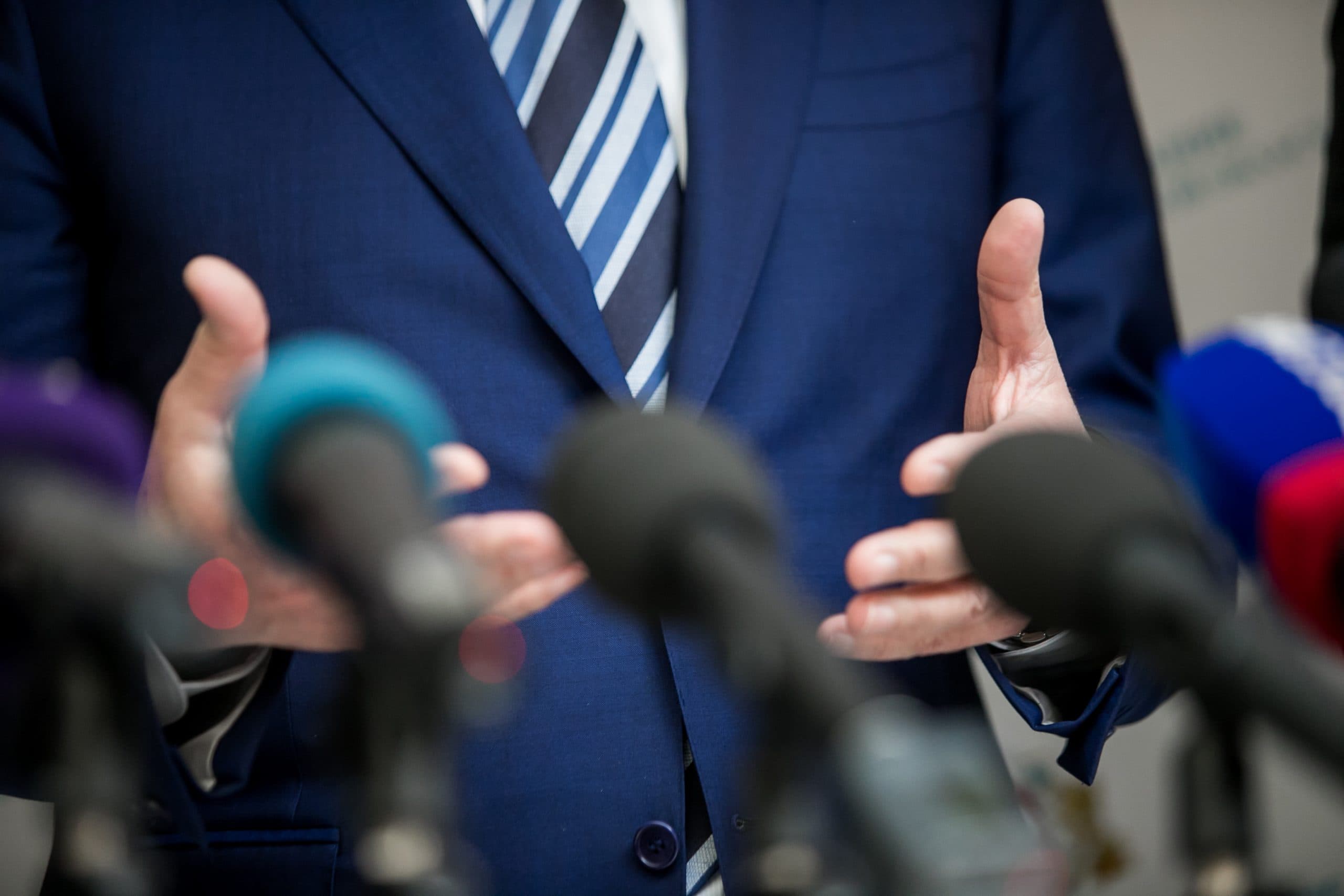Holding Institutions to Account in a Climate Crisis

Fourth Estate
How do journalists report on the climate crisis when dealing with cautious sources?
You might have heard of the allegations surrounding the Bureau of Meteorology’s work culture, but what experience have journalists had when holding the microphone up to various public institutions to talk about the climate crisis?
Marlene Even spoke with environment reporters Graham Readfearn, The Guardian Australia and Alex Crowe, The Canberra Times.
Follow Fourth Estate on Twitter: @fourthestateau
Fourth Estate on Apple Podcasts
Learn more about the Fourth Estate podcast
Fourth Estate reached out to the Bureau of Meteorology for comment, their full statement is below:
The Bureau of Meteorology provides one of the most fundamental and widely used services of government. We deliver an essential service through regular forecasts, warnings, monitoring and advice spanning the Australian region and Antarctic territory, 24-hours a day, seven days a week.
Our team of 1600 people is reaching more and more Australians who depend on us for timely and accurate forecasts. This is key to keeping Australians informed about their environment.
Sustained periods of severe weather conditions have required our team to conduct our communications at a greater than usual cadence. The Bureau responds to thousands of media enquiries each year across television, radio, print and online.
The Bureau conducts more than 700 routine radio crosses focused on weather each week. Since February 2018, the Bureau has produced and aired a 7-day weather forecast video covering all of Australia (2 minutes long) for ABC TV’s Landline.
The segment is aired three Sundays per month from February to November, reaching an average of 500,000 viewers per episode. Every fourth Sunday, a climate and water long-term forecast segment is produced by the Bureau and aired during the show.
Over the period 1 July 2022 to 30 September 2022, the Bureau issued weather-related communications via 48 media releases, 14 video news releases, 16 audio news releases and 18 media conferences.
For many years, we have provided evidence that climate change is real and it is very likely human activities have caused most of the global warming we have observed since 1950.
In 2010, we established the first State of the Climate report with CSIRO to help Australia plan for and adapt to the changing nature of climate risk, including the global reduction of greenhouse gas emissions.
Our seventh State of the Climate report, to be released later this year, draws on the latest climate research encompassing observations, analyses and projections to describe year-to-year variability and longer-term changes in Australia’s climate.
Our data and science inform the economic, environmental and social decisions of governments, industries and communities as they seek to respond to climate change.
Our focus remains clear, to provide trusted, reliable and responsive weather, water, climate, ocean and space weather services for Australia – all day, every day.
Please refer to this statement on our website for more information.
